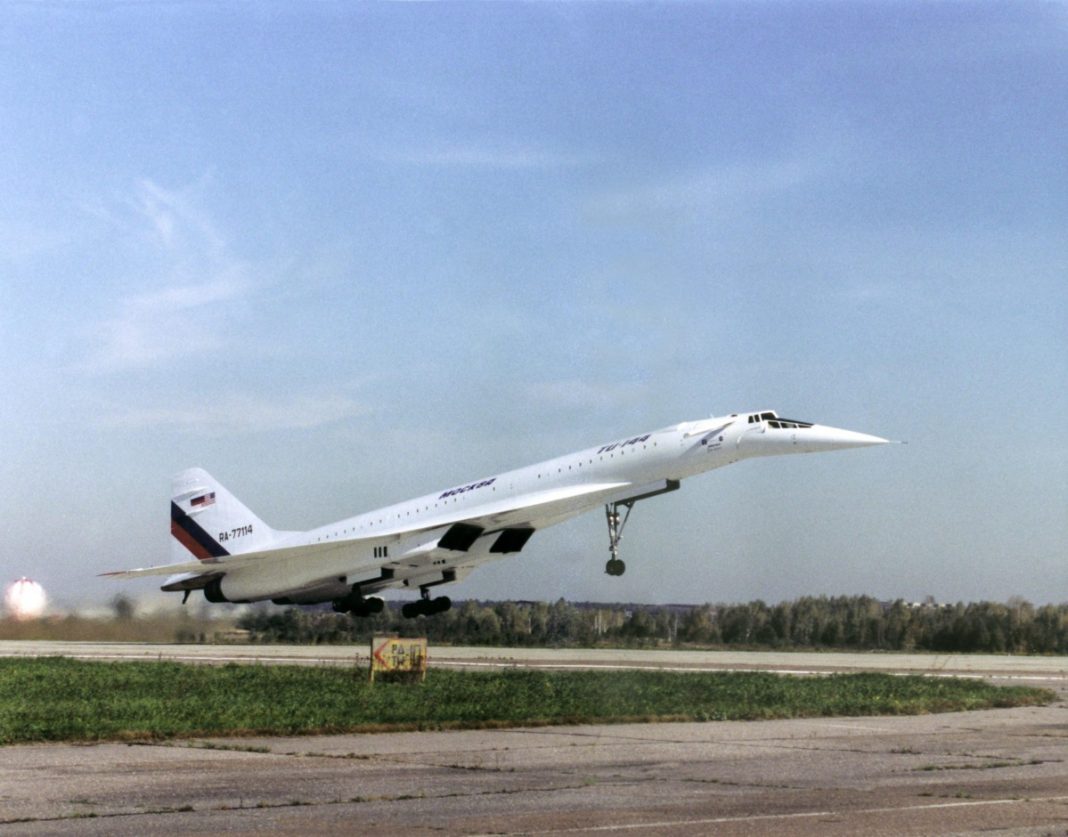The Tupolev Tu-144 was a supersonic airliner that was first introduced by the Soviet Union in December 1968. However, in the 1990s, NASA worked with the plane’s manufacturers to develop a new variant of the jet – the Tu-144LL.

Letting bygones be bygones
It might be surprising to hear that a United States government agency worked on an aircraft that was rooted in the Soviet Union. However, the end of the Cold War gave rise to an unprecedented opportunity for the two former long-term rivals to align in a joint aeronautical flight research program.
In 1993, US Vice President Gore and Russian Prime Minister Chernomyrdin chaired the United States-Russian Joint Commission on Economic and Technological Cooperation.
According to NASA, at the time, the agency and commercial aviation industries across the US were focused on a High-Speed Research (HSR) program to further develop Supersonic Transport (SST) aircraft technologies. The plan was to place the US in a leading position toward the development of a supersonic plane for a new era.

Project underway
Since 1990, the Tupolev Aircraft Design Bureau was suggesting that a Tu-144 could be used as a flying testbed in support of the HSR initiative. Subsequently, a team of senior NASA and aviation specialists across the country developed a series of flight experiments, and they worked with a top team from Tupolev to understand modifications that would have to be made to the plane to perform those experiments.
Altogether, these tasks would inspire the Tu-144LL Supersonic Flying Laboratory. This project played an important part in the joint research program.
Over the span of two years, 27 research flights were conducted. There were 6,000 miles between the US and the plane’s base, so there were some challenges. However, workers overcame these struggles, and US pilots made three evaluation flights in September 1998.

Successful findings
The project was a great achievement overall. Nine experiments, including seven in the air and two on the ground, gathered crucial flight data. This information ramped up the US and Russian supersonic flight databases.
“Propulsion, aerodynamic, structural heating, structural acoustics, ground effects, and handling qualities data from the experiments were eagerly assimilated into the program’s information database,” NASA said on its website.
“In March 1998 the Joint Commission recognized the program as “A model for U.S. and Russian government-business partnerships in the development of advanced technologies.”
A year later, the HSR program was canceled, 1999 would also be the year that the TU-144 would once again be retired. The conclusion was that it would not be economically viable to introduce a new SST aircraft. Two decades later, there is still a buzz about a new supersonic generation. We will have to wait and see how the industry pans out over the next few years.
What are your thoughts about NASA’a work with the Tupolev Tu-144? Was this a surprising move for the organization? Let us know what you think in the comment section.
[ad_2]
Source link



